Summer and winter blankets: varieties and differences
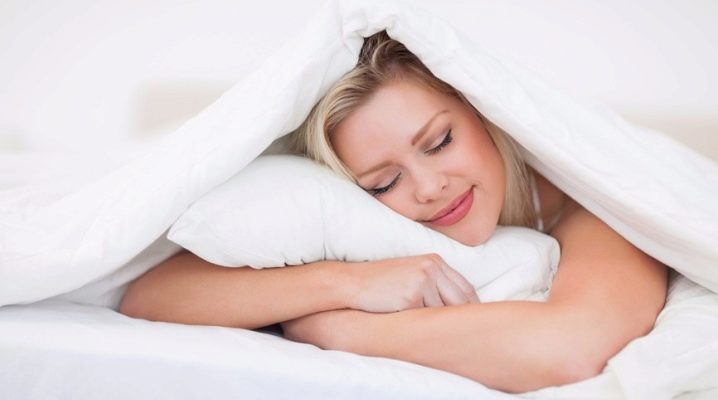
Restful, comfortable sleep is the foundation of body health and good spirits. Therefore, a comfortable mattress, a soft pillow, and, of course, a cozy blanket are so important. It is very important to choose the right blanket under which you will feel peaceful and serene. To know which one is right for you, you need to get to know them better.
What are the differences and what are the blankets made of?
Blankets are divided into winter and summer. They all have different cover fabrics, sizes, styling options, filler density, degree of warmth. But the main difference and the main selection criterion is the type of filler.
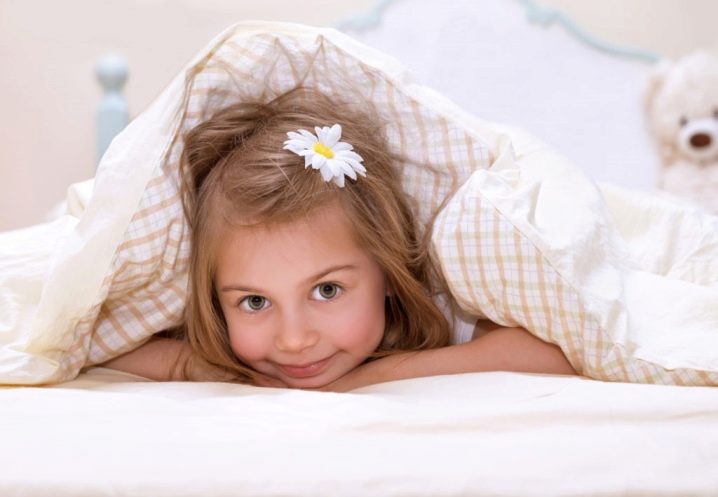
For the winter
A winter blanket should be as suitable as possible for your physiological and psychological characteristics. Some people feel hot all the time, others just can't keep warm. In order not to play the role of princess Nesmeyana (hot - cold) on long winter nights, but to wake up sleepy and full of energy, choose a product under which you will not be cold or hot, but just warm.
The filler for this essential bedding comes in natural and synthetic options. Natural fillers include cotton wool, fluff, wool, silk, bamboo.
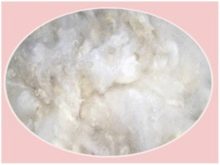
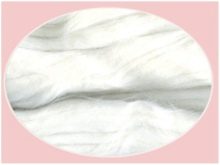
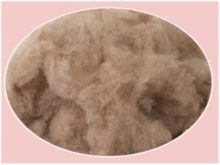
Cotton wool can be attributed to the classic, traditional fillers. It hasn't been that long since a cotton blanket was practically the only way to keep warm in bed. The advantages include a low price, good moisture absorption and heat retention, hypoallergenic, environmental friendliness. But today the demand for them has decreased, because this is not a very practical specimen and the list of claims to it is quite impressive:
- the quilt is quite heavy;
- absorbing moisture well, gives it back poorly;
- due to its density, it cannot create a streamlined effect, that is, take the shape of the covered body and exclude drafts;
- is an active dust accumulator;
- over time, cotton wool gets lost in lumps;
- difficult to care for: it is incredibly difficult to wash, and if it succeeds, it is even more difficult to dry.


Down is the warmest winter blanket. This is the opinion of most buyers. The fundamental quality here is maximum warmth with minimum weight. According to the criterion of lightness, the downy version is ahead of all the others. In the manufacture of models, eider, goose and duck down are used. And also a mixture of down and feathers.
Even pronouncing the word "downy", there is an association with lightness, softness and comfort. The warmest example of a winter blanket weighs no more than one kilogram. The lightness of the blanket and its ability to conform to the shape of the body makes the sleeping person feel like they are covered by a warm air cloud. It has good thermoregulation.
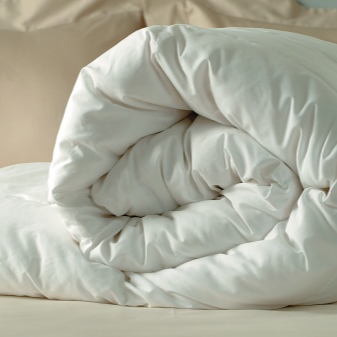

Careful care and adherence to certain rules will ensure a long service life of the product, keep it fluffy and warm, and the owner will be allowed to enjoy tenderness and softness for a long time.
It is recommended to regularly beat the product to avoid the formation of lumps, dry and ventilate so that the fluff does not get damp.
Quality and comfort are always valued. The cost of a downy treat depends on which bird has "shared" its down to fill your blanket. Duck down is in third place in this price list. On the second - goose down. The most expensive is the down of the northern loon, and there are good reasons for that: the warmest, difficult to collect, and also has some medicinal properties.
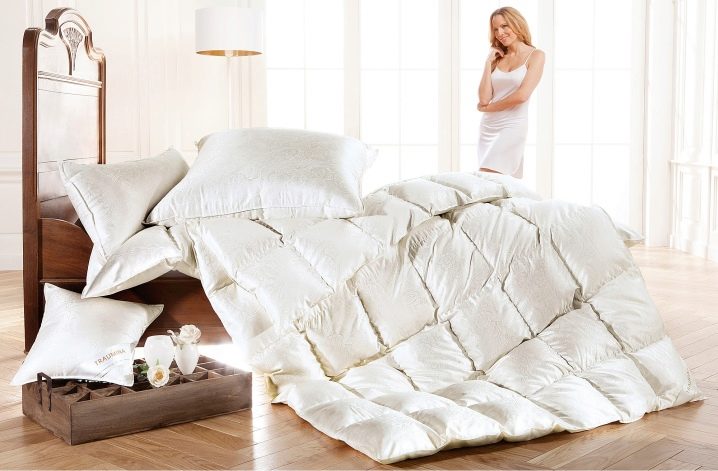
The only consumers who are not advised to enjoy the "bliss of heaven" are people prone to allergies. It is not recommended for them to purchase another type of blankets - woolen blankets, which also cause allergic reactions in the body. But they can be useful for people with problems of the musculoskeletal system.
We are talking about fillers made of sheep and camel wool, which are recognized as high quality insulation.
In winter, wool quilts are popular. Compared to downy ones, they are heavier, but less bulky. They absorb moisture well, keeping dry heat and maintaining a constant temperature. Wear-resistant, strong, durable. Very easy to care for: they can be easily cleaned, they even withstand a visit with the washing machine "in gentle mode". Just like all natural things, they like to bask in the sun and ventilate themselves.

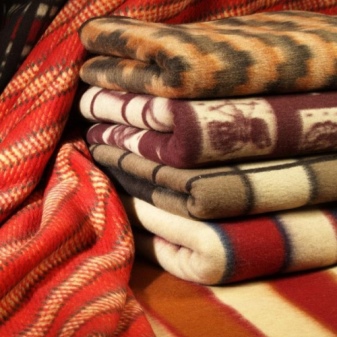
The cost of sheep's wool is less than that of a camel, but in medicinal properties one is not inferior to the other.
The problem with these fillers is that both people and moths like them, so they must be stored along with insect repellents.
It is impossible not to mention another filler made of animal fluff - cashmere. For him, the mountain goat is the supplier of down. The filler is hypoallergenic, resistant to rolling, wear, does not irritate the skin, very delicate and soft to the touch, durable, warm, lightweight.


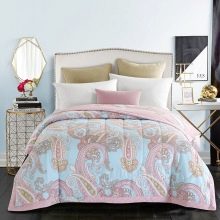
Bamboo blankets are considered promising. Recently appearing on the market, bamboo fiber filler has won many fans among consumers who have found a lot of positive properties and benefits:
- good heat conductor and temperature regulator;
- has natural properties to destroy bacteria and fungi;
- excellent air permeability, allowing the skin to breathe;
- does not cause allergies;
- does not accumulate dust and odors;
- lightweight;
- resistant to wear;
- not picky about care.
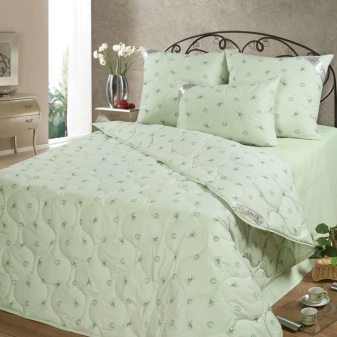
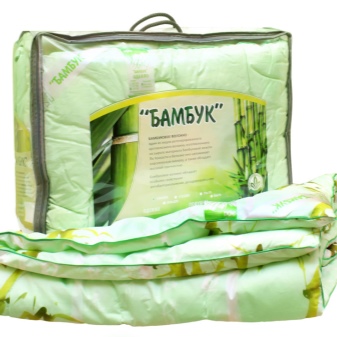
All these features are inherent in a high-quality, natural product. Therefore, if you decide to try this new product on yourself, be very careful in your choice so that later you do not feel deceived and disappointed.
Having dealt with natural fillers, having weighed all the pros and cons, it remains to analyze artificial fillers, quite often found on the modern market: synthetic winterizer, holofiber, thinsulate, polyester fiber, nanofiber... Differing from each other in small nuances, they have common basic qualities:
- long service life;
- safety, non-toxic;
- lack of ingredients that cause allergies;
- unpretentious care;
- fast restoration of volume, shape.
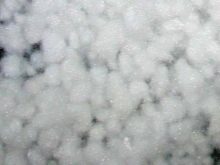
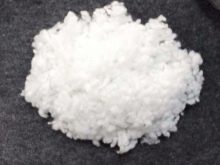
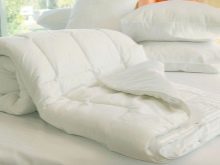
Also, the ability not to absorb foreign odors, not to ignite, perfectly retain heat. Ticks and other insect pests will not start in them. There are also disadvantages: synthetic blankets are not hygroscopic and quickly electrify.
When choosing between pros, cons, nuances and features, remember: the main criterion is convenience and comfort.
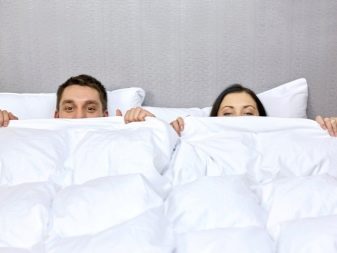

For summer
Winter and summer blankets have one goal - to provide a comfortable microclimate. But the winter ones should warm, and the summer ones should not let them freeze from the drafts of open windows or air conditioners. Fillers in summer versions are preferable to choose natural, "breathable", well absorbing moisture, hypoallergenic: bamboo, cotton, silk.
Under a light bamboo blanket, a cotton terry blanket, a thin woolen blanket in a satin cover, you will be very comfortable and not hot in summer. A delicate silk cloud with a smooth cool surface is ideal for summer. The only question is whether you can financially afford this oasis of bliss and bliss.
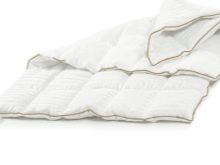
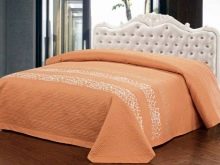
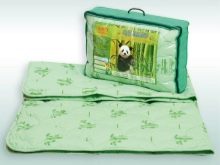
Dimensions (edit)
The size of the duvet you choose will depend on the size of your bed and your sleeping habits. It is very important that the blanket does not embarrass the sleeping person and allows him to toss and turn and make himself more comfortable in bed.Therefore, the blanket is generally taken with a "margin", that is, more than the width of the bed.
Depending on the size, the following categories are distinguished:
- baby, which can be rectangular or square and fit both in the crib and in the baby's stroller;
- one and a half or single. One and a half, probably because the standard width is one and a half meters, although sometimes it can be a little wider. Very convenient to care for. For convenience, two one-and-a-half duvets are included in the family set for a double bed;
- double, for a standard double bed. For couples who are completely uncomfortable under different blankets. The width of such blankets is from 1 m 72 cm to 1 m 80 cm;
- euro size. It is becoming more and more popular today. The two-meter width will allow the couple to feel comfortable and not try to "pull" the blanket over themselves: enough for both and no one will feel left out.
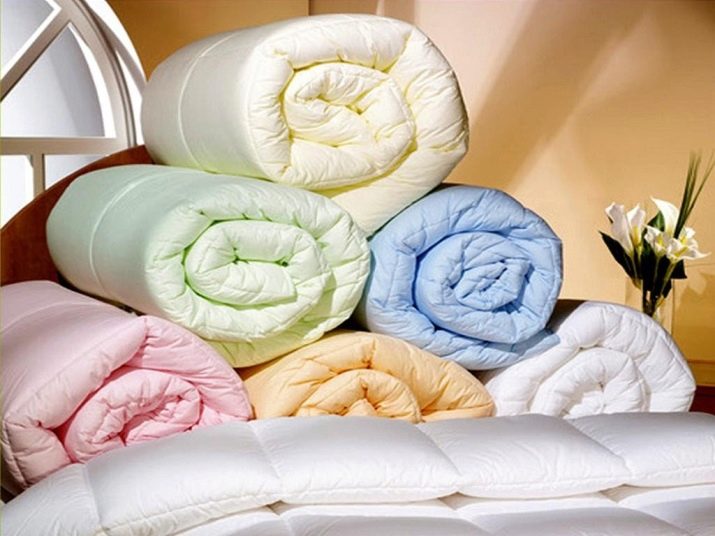

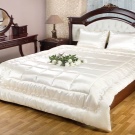
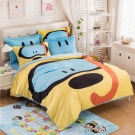
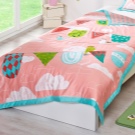
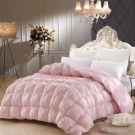
Which one is better to choose?
The choice of a blanket is a very important and responsible business. Ultimately, your mood and emotional state depends on it, because healthy sleep is an important component of a person's mental health. So, let's list the selection criteria.
- Warmth degree: very warm, warm, standard or normal, light, light summer. The choice is purely individual, aimed at the physiological characteristics of each and the temperature regime in the bedroom. Depends on the density and material of the filler.
- Filler density measured in grams per square meter and the larger the number, the warmer the blanket. The warmest blanket has a density of over 400 g / sq. m. For a summer blanket, this figure is not more than 200. The filler material in this article we have already considered in sufficient detail.
- Blanket size. This criterion is also chosen based on your habits and preferences.
- Embodiment option. Decide for which season you are choosing a blanket, and what will be more comfortable for you: blanket, bedspread or plaid.
- Sewing methods. The service life of the product largely depends on the method of fixing the filler. The most short-lived are linear and quilted stitching, where the filler quickly gathers into lumps. The sectional and cassette fastening methods, as well as "karostep" - fixing the filler with a curly stitching have proven themselves better.

- Blanket Covers... The main requirement for the fabric is the ability to keep the filler inside the blanket, not letting it "get out" outside. They also need to make the blanket soft, breathable, comfortable, and durable. The fluffier and naughtier the filler, the denser the fabric should be. Cotton is universal for covers. Teak, satin, calico, jacquard, silk deserve good reviews. Their main characteristic is reliability and naturalness.
- The weight. This is also an important criterion. Some want to feel covered with a light cloud, while others, on the contrary, need heaviness in order to feel comfortable and protected.
- Health safety. People with allergies should be very careful about studying the properties of the filler and the cover, and choose exclusively hypoallergenic materials.
- Price. Choosing cheaper, do not sacrifice quality. Sleeping under a cheap blanket will make you feel uncomfortable, it will quickly wear out and you will become a hostage of the saying "a cheapskate pays twice."
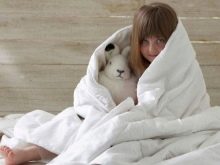


When choosing a blanket, compare their characteristics, properties, do not forget to take into account your habits and preferences. Today's market is so rich and varied that you are sure to find the best option.
For information on how to choose a blanket for summer or winter, see the next video.













The comment was sent successfully.